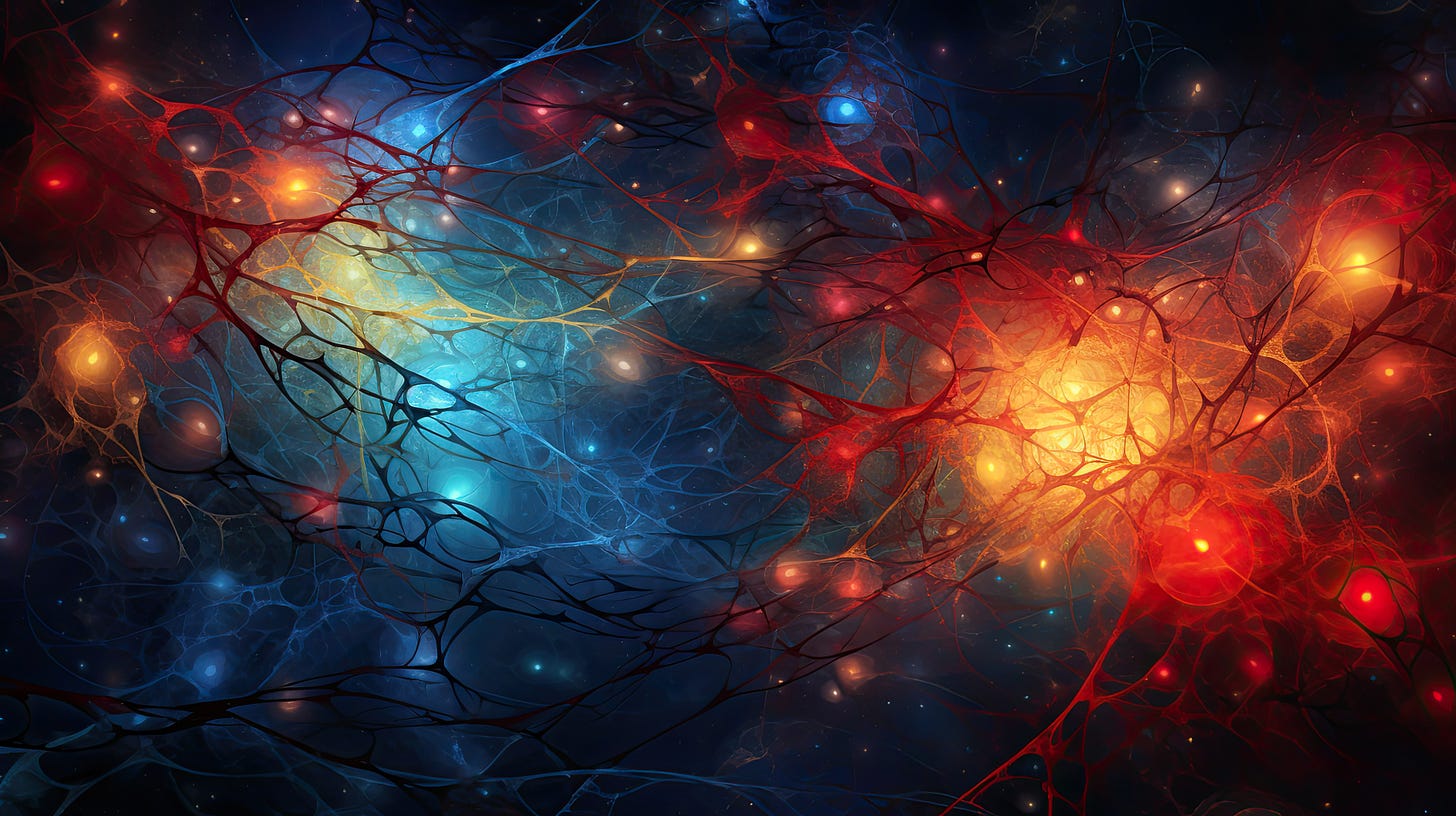Research Hit: Your Brain Hangs in a Delicate Balance
New research shows that brain across multiple species hangs close to phase transition
What sort of balance are we speaking about here?
In this case the researchers were looking at phase transitions.
What is a phase transition?
A phase transition is the balance between two states. For example water turning from ice to water is a phase transition, as is turning from water to steam.
And what about the brain is in phase transition?
Well, everything. But let me step back a bit. I have often referenced an older model proposed by Per Bek, from many years ago, that also noticed that the brain sits between phase transitions and that this can be modelled. It seems like this is a natural law and can be applied to all sorts of natural phenomena such as birds swarming.
The brain has these phase transitions between action and non-action, for example, and how thoughts and actions arise. These underlie these critical phases - you need enough neurons activating to trigger this.
Think of getting to movement: you may think about moving but your brain doesn’t get to a phase transition and you don’t move or vice versa.
But the really interesting bit is a lot of this is happening at any one time - think of the flow of thoughts flowing through your head - each thought has been triggered by a phase transition.
But aren’t some of these random?
Precisely, there is a lot of randomness and something called self-organised criticality
What?
The brain self organises and sometimes there is a rush of activity that pushes the point over the critical point and you get that phase transition. But then it rebalances. Multiple conditions can also be described using this model such as epilepsy where there is no rebalancing in the brain hence the seizure.
And other researchers have also shown this now?
Yes, Helen Ansell and István Kovács or Northwestern University - of note they are physics and astronomy researchers and hence have the complex understanding of dynamic systems and how to model this
Here they reviewed the physical structures of brains in multiple species and noticed that the patterns of physical structures are fractal i.e. self-repeating from lower to higher levels such as the microstructures of neurons.
They noted that: “…self-similarity, long-range correlations and broad size distributions are all signatures of a critical state, where features are neither too organized nor too random”
So our physical brain is also in a critical state - close to phase transition?!
Yes, this suggest that this is not just in generating thoughts but also physically. It is likely a representation of how the brain functions, needing this delicate balance between two phases - what the other phase is the researchers don’t know. On one hand we need some stability but also need to be close to phase transition to generate thoughts and be quick to respond.
Your brain is therefore hanging close to critical points physically and functionally.
What is fascinating is that this was found across brains from flies, to mice, to humans - the researchers were astounded. This shows that brains of all types follow similar rules.
This new model can also guide patterns of brain behaviour and can help in just about everything in trying to understand our brains and how thoughts and actions are processed and carried out.
I can’t get the thought out of my hand of my physical brain transition into something else - like steam!
Some may argue this is consciousness or the soul - but I think the concept of phase transition is really important for more practical things: moving from no thought to a thought, or from nearly doing something, to doing something.
This can be used in general life, in business, in society. The question often is how can we get to a phase transition.
Well, that’s triggered a bunch of phase transitions in my brain!
And hopefully our brains will now rebalance and get ready for another phase transition.
Reference
Helen S. Ansell, István A. Kovács.
Unveiling universal aspects of the cellular anatomy of the brain.
Communications Physics, 2024; 7 (1)
DOI: 10.1038/s42005-024-01665-y




